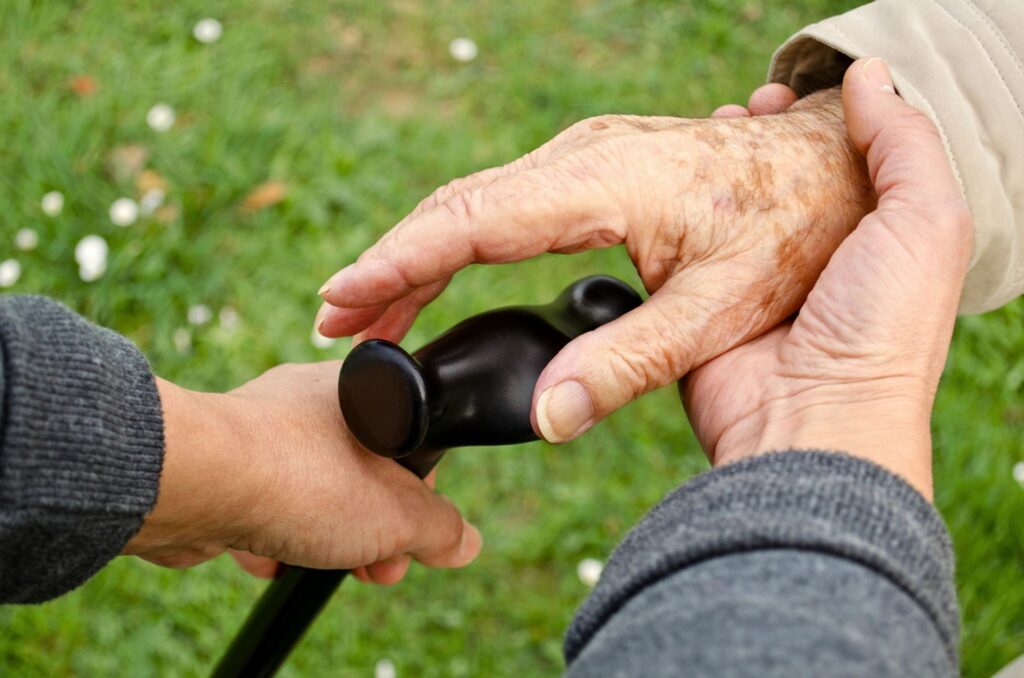When you think of hospice care, what comes to mind first? Chances are that it’s pain management. There’s a good reason for that. This type of care is focused on making the patient comfortable, which does include managing their pain.
However, there are so many other treatments that compassionate hospice caregivers can provide! Not sure what those are or how they can help you or your loved one enjoy the time remaining? In this post, we’re going to explore some of the services that the right hospice care team can provide.

Pain Management
We’ll begin with the obvious – pain management. Most terminally ill patients are in a great deal of pain and discomfort. Cancer, heart disease, kidney disease, lung disease; they all cause significant, painful complications. The right medication can ease that discomfort and help the patient improve their quality of life. In addition to administering medication, the hospice care team can also adjust dosages to fit increasing pain and discomfort, change medications to find one that works better, and more.
Emotional and Spiritual Support

Suffering from a terminal illness is never an easy thing. Even patients who have come to terms with the situation will struggle emotionally. They may suffer spiritually, as well. The hospice care team includes counselors and religious leaders who can offer emotional and spiritual support. What’s more, a wide range of religious needs can be accommodated, from Christianity to Islam to Buddhism, and everything in between.
Supplies and Equipment
While the patient will not be receiving curative treatment for their terminal illness during hospice, they will continue to require medication, supplies, and equipment. The hospice team helps alleviate the burden of sourcing those items from the patient or the patient’s family caregiver. They will provide all the medication necessary, the medical supplies needed, and even the medical equipment required to care for the patient during this time in their life.
Care Coaching

While the hospice team will be providing some care, the primary caregiver will likely be a family member, perhaps several family members. Most people are unaware of how to care for a patient while on hospice, so the team will provide coaching and education. The goal is to ensure that family caregivers can support their loved one during this time, both physically (through cleaning, bathing, etc.) and emotionally (through companionship, communication, etc.).
Additional Services
While pain medication might be the most common service delivered by the hospice care team, they can also do much more. For instance, art therapy can help with fine motor skills, but also support emotional and mental health. Music therapy offers similar benefits. Physical therapy can help combat pain and discomfort without medication while improving the range of movement and strength. Speech therapy, occupational therapy, pet therapy – you’ll find a wide range of additional services that can help keep your loved one comfortable and even improve their quality of life.
Inpatient Care
Hospice care is usually delivered in a home setting, either the patient’s own home, the home of a loved one, or a long-term care facility. However, patients may need to be admitted to a hospital for pain or other symptoms that become too challenging to deal with at home. In this instance, your hospice care team will continue to provide care and treatment even in the hospital.
Respite Care
Family members will remain the primary caregivers, but this can be a heavy burden to bear. Often, a family caregiver lacks time to take care of their own responsibilities. They also become exhausted over time. The hospice care team can offer what’s called “respite care” where they take overall care for a short time (usually up to five days and five nights), providing the full-time caregiver with the chance to handle their own responsibilities, rest, and rejuvenate. Even the most caring of people need time to recharge mentally, spiritually, emotionally, and physically.
Help After Passing
Patients on hospice care have a terminal illness and six months or less to live. Even with this knowledge, the end can be unexpected for family members. Others simply struggle with letting go of someone they loved. The hospice care team can provide grief counseling and guidance to surviving family members and friends, helping them come to terms, and to begin the healing process.
Choosing Your Hospice Team
As you can see, a hospice care team can provide a wide range of critical services. However, not all hospice providers are the same. You must make an informed decision when it comes to your hospice care or that of a loved one.

Make sure that the hospice provider is licensed and certified, accepts your payment method (Medicaid, Medicare, private insurance, or self-pay), and that their team is both compassionate and highly professional. Ready to learn more about hospice care? Contact us today.






